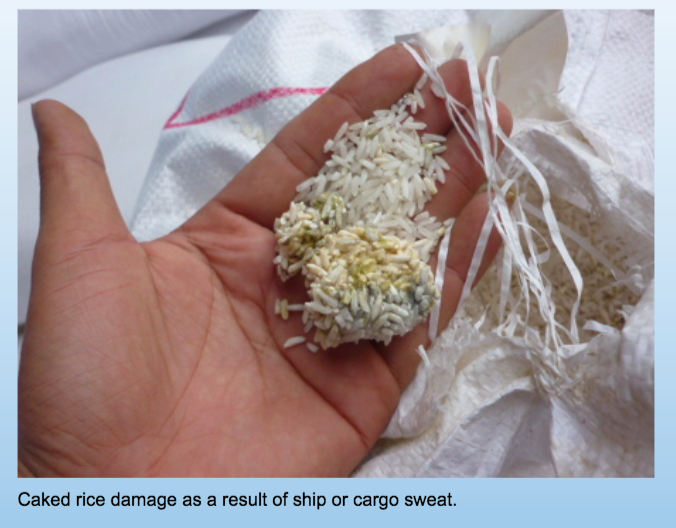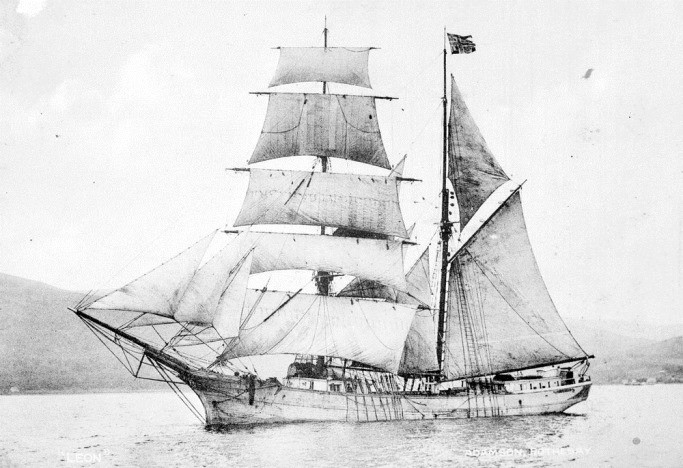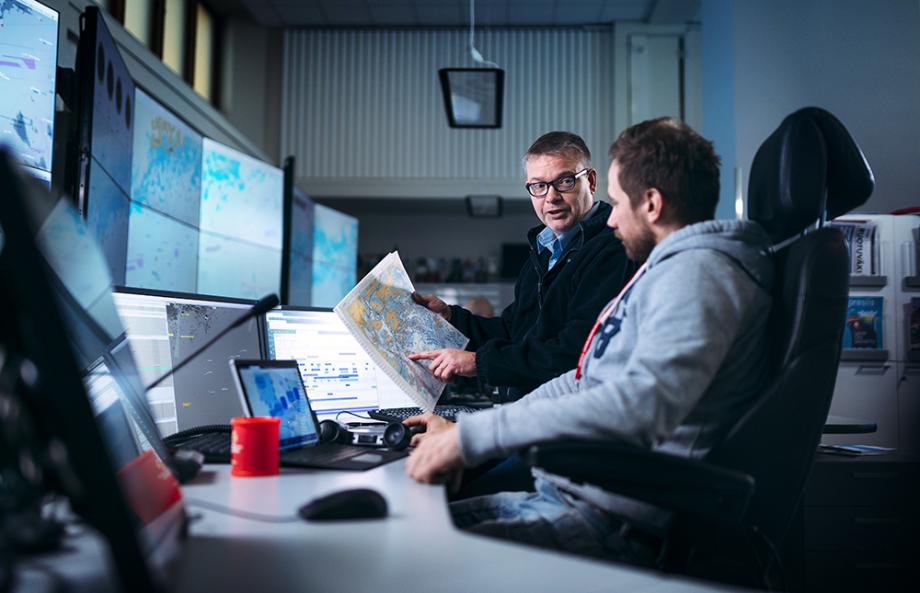- Your gateway to the Maritime Knowledge!
- [email protected]
The importance of Vessel Traffic Services

How and when to ventilate the Cargo Holds?
July 23, 2020
Memories @ Sea
April 20, 2021The Vessel Traffic Service is an essential service provided by a Shore authority in order manage the Ship traffic in their waters.
The sole purpose of the VTS is to –
1. Improve the safety and security
2. Protect the Marine environment
3. Improve commercial efficiency
Having and implementing a VTS by a Coastal State is not a mandatory requirement. The harmonization of the VTS globally (so that it is convenient to use by the ships globally) is the responsibility of IALA (International Association of Marine Aids to Navigation and Lighthouse Authorities ).
VTS operators are maritime professionals trained to a standard set by the IALA and agreed by the IMO. The VTS must be properly equipped, staffed and organized to deliver the services.
Types of VTS
There are three distinct types of VTS –
INS (Traffic Information Service) – It ensures essential information is available for on board decision making. In this, the VTS tries to deliver the information which is timely, relevant and accurate. This may include the information on –
> The position, identity or intentions of other vessels in the VTS area.
> Visibility or weather
> Availability of berths or anchorages
> Status of aids to navigation
>Any other information that could effect a vessel’s safe transit
TOS (Traffic Organization Service) – It prevents dangerous Maritime traffic situations from developing and providing safe and efficient movement of traffic within the VTS area. Such information may include:
> Allocate Arrival / Departure times
> Assign Anchorage Space
> Manage traffic in one way zone
> Employ other measures related to pre-planning vessel movements
NAS (Navigational Assistance Service) – It assists on board navigational decision making and monitors its effects. This may include a situation where the vessel’s Navigational Aids are malfunctioning. Such assistance may include:
> Bearing and Range to a nearby landmark
> A course to make good to a waypoint
> Advice on a course to steer
> Assistance in determining the vessel’ s position
Good to know
Even though the vessel might be transiting in area being monitored by the VTS, the Vessel’s Bridge Team remain in complete control of the decision making regarding how the vessel shall move. For example, the VTS might advice you to alter your course to starboard, but NOT WHAT COURSE YOU MUST STEER!
How a vessel can get the most out of the VTS?
Cooperation and understanding between the ship and the shore are essential to the safe operation of vessels in a VTS area. Masters are expected to make the best use of VTS in navigational decision making. This can be achieved by –
Participation – Such requirements are stated clearly in the Admiralty Sailing Directions. These include the Radio frequencies to use in communicating with the VTS. VTS expects the Bridge Team to be alert and monitor the frequencies at all times.
Compliance – Vessels operating in the VTS area should acknowledge information from the VTS when asked and respond promptly to the inquiries. Shipmasters are expected to adhere to the VTS operating procedures and react to all warnings, advice and instructions.
Responsibility – As in any navigation situation, navigators are expected to exercise good seamanship and comply with the COLREGS. The authority of the Master is never compromised by the participation in a VTS.
This article has been adapted from the “The Navigator” July 2018 / Issue No 18.




1 Comment
Vessel traffic services its features and importance